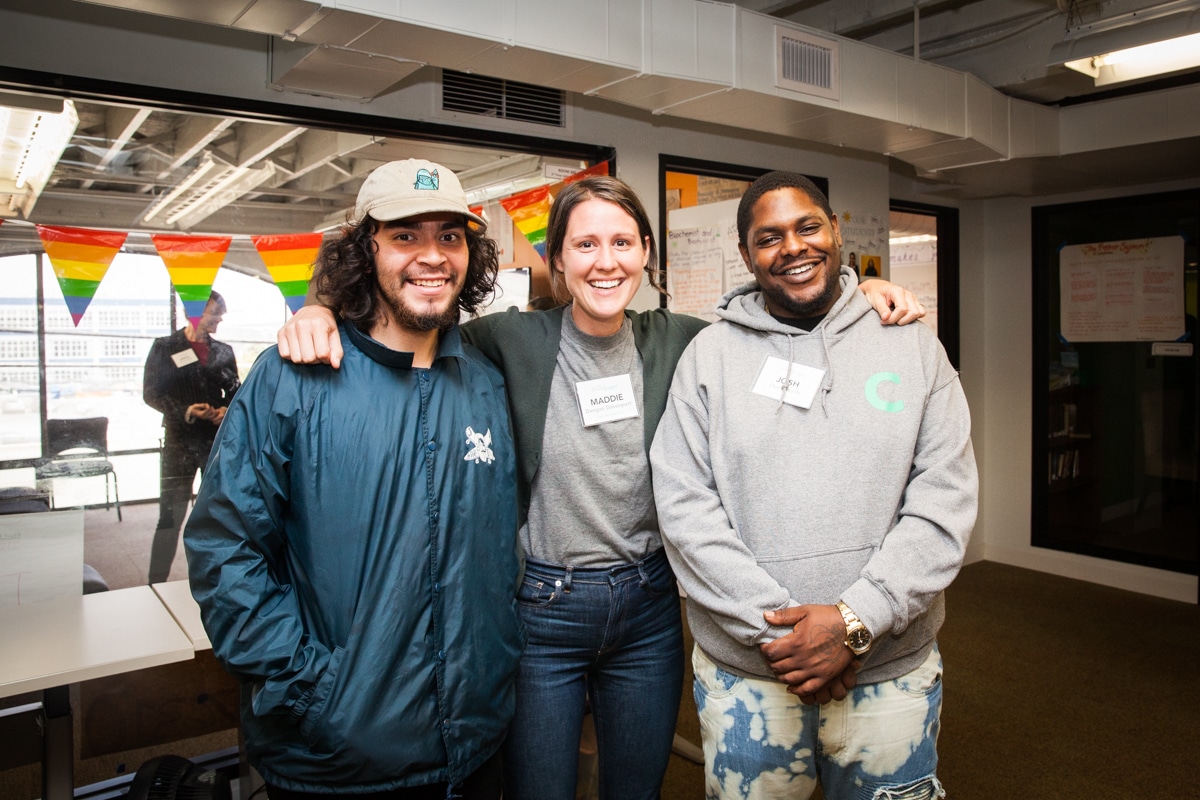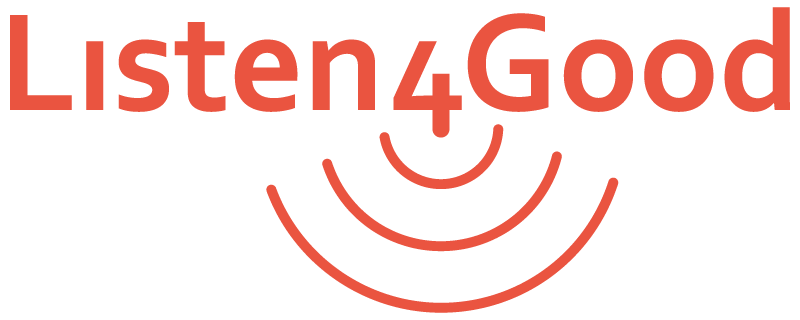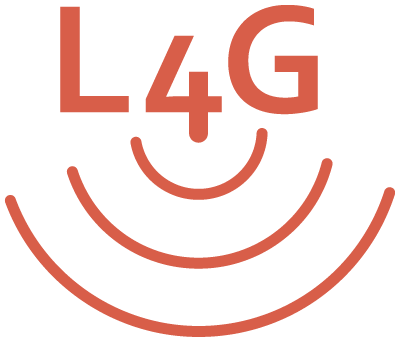Feedback’s Role in Shifting Power to Those Least Heard
February 22, 2022
By Valerie Threlfall

This post can also be found at The Center for Effective Philanthropy.
______
In the past few years, there have been a lot of urgent conversations about the need to center work on communities, commit to equity, and rethink how systems like philanthropy and services are carried out.
However, in some circles these conversations have avoided grappling with a critical concept — power – and all its implications. With this significant omission, we’re often left scratching our heads, wondering how to move beyond rhetoric and operationalize these ideas.
This absence extends to the space I work in – feedback. While many have said that feedback should be used in service of equity, again, what does that really mean? And how does it actually happen? This blog represents an attempt to unpack and describe how feedback can actively shift power and advance equity on multiple levels.
Committing to a feedback model that advances equity
It helps to look at starting points. For instance, what do we mean by equity? And what is its relationship to power?
Gita Gulati-Partee of OpenSource Leadership Strategies and advisor to Fund for Shared Insight describes that equity, by definition:
Sharpens our focus on outcomes and the root structures that produce those outcomes. And the most critical root structure is power, with race being a defining power structure in the U.S. context. Operating with an equity lens requires continuously probing ‘How is power operating — protecting power for some and removing powers for others?’ and strategizing how it must be redistributed, particularly returning power to those from whom it has been extracted.
Gulati-Partee’s call to look at how power is ‘protected for some and removed for others’ is vitally important. But, what’s also important to remember is that power isn’t immutable, particularly within organizations. Rather, with hard work, it can be shifted and shared more broadly.
Feedback, as I defined it originally in the 2017 paper, Perceptual Feedback: What’s It All About?, refers to individual participant/clients’ perspectives, feelings, and opinions about their experiences with an organization — with those perspectives being used to inform the ongoing decisions of the organization. While this framing tiptoes toward equity, we must acknowledge that, for many, the early motivations for feedback (including mine, candidly) were limited.
Certainly, feedback was seen as an important way to get proximate and include the voices of those most impacted — the rationale being that clients see things that those who design and fund programs do not. Client input was sought to address organizational blind spots. But while feedback sought to amplify the voices of those who are least listened to within systems (which supports equity to a degree), it tended to do so while assuming the continued operation of existing power structures and power relations.
Even if feedback was often termed the smart and right thing to do, it didn’t have a systemic focus on the basic question of whose power gets protected and whose gets removed. And that’s a pretty big hole.
So how can feedback as a practice shift power?
The key, in my opinion, rests on a couple of things that, at first glance, may seem small but actually have systemic implications:
- The quality of an organization’s feedback practice
- How an organization reinforces its feedback practice
A high-quality feedback practice must embed equity at its core
To put it simply, all feedback systems are not created equal.
In fact, there are many feedback systems that operate extractively and encourage only passive client participation, where people don’t feel heard and certainly don’t gain any power. Feelings of alienation can result when clients notice that an organization’s feedback exercises are merely performative, where candid perspectives aren’t genuinely welcomed — and aren’t reviewed or acted on by decision-makers.
Given that all feedback doesn’t prove equally effective, in 2018 our team at Listen4Good codified the following as core practices that work together to undergird a high-quality feedback loop:
- Feedback must be gathered repeatedly,
- Organizations must seek high representation rates from the communities they serve,
- Organizations should disaggregate feedback by client subgroups (especially by clients’ age, gender, or race-ethnicity), and
- Recipients of feedback must do something in response to what they hear and let the community know what they heard and what they’re doing about it.
Going even further, we recently updated our definition of high-quality practices to embed equity as a core metric. Our current thinking is that, to be truly equity-advancing, a feedback practice needs to be more than just technically strong or even action-oriented as described above.
A high-quality feedback practice that seeks to advance equity must:
- Collect feedback in a way that prioritizes accessibility and inclusivity. There must be an intentional focus on gathering feedback from those at the margins, whether that’s due to literacy barriers, differences in language, or overall low representation numbers in the client population. A great example of this is Natividad Medical Foundation, which gathers feedback using interpreters and visual cues for indigenous patients who don’t have a written language.
- Prioritize feedback from those who’ve been historically marginalized by prevailing systems. Sometimes this means prioritizing feedback from those who may be underrepresented in the community; a good example of this is feedback from individuals who identify as gender non-binary. While “traditional” analysis techniques would tell you to just look at what the majority says, an equity frame requires intentionally focusing in on feedback from those at the margins and prioritizing their needs.
- Create habitual practices and cultural norms that celebrate questioning and don’t let those with more positional power dictate how things are done. Not only is it about creating conditions where individuals feel safe speaking truth to power, but it’s about creating a culture where changes are made that honor the feedback that’s been gathered. This means that feedback from those possessing less structural power gets viewed with a new level of legitimacy and sense of truth.
It’s important to reinforce this last point because many organizations fail here, resulting in processes or norms that end up reinforcing existing power dynamics. It’s also where the hardest work is required, challenging organizations to focus on adaptive (vs. technical) change.
An example: In 2019, the Resurrection Project participated in Listen4Good, seeking feedback from clients about its financial wellness and housing property management services. The survey program and set up process highlighted gaps in onsite data and department performance which leadership began to correct even before the surveying began. In the feedback provided through Listen4Good, tenants expressed frustration with some of their existing property management systems — which were perceived as cumbersome and hard to access — as well as a desire to receive more comprehensive property management services. In response, Resurrection Project has reshaped its property management and resident services teams, including pairing community organizers with their housing sites. The organization also increased its routine monitoring and evaluation practices to provide everyone at all levels with more frequent feedback about department performance and outcomes.
Fundamental to effective listening in this case and others is that feedback challenges dominant notions, held by those with positional power, of what clients need and want, and shines a light on the deficits and gaps in nonprofits’ models and services.
High-quality, equitable feedback catalyzes deeper partnerships
When organizations are able to listen authentically, repeatedly, and consistently with an equity commitment, it changes them culturally. Once high-quality feedback gets normalized, staff stop instituting changes without first embedding a client-facing input or feedback process.
Over time, organizations start to more systematically engage clients in ongoing organizational decision-making. Frontline staff, another often ignored voice, also get more input opportunities. As one organization put it, “we came to see feedback as a wedge that would help open up our organization to fully embracing client communication and partnership. It’s not just questions and answers, it makes listening part of the culture.”
Sometimes this looks like partnering with clients to make the process of gathering feedback a participatory and meaningful co-created learning process. When this happens, as it did at Silver Lining Mentoring in Boston, MA, clients shape the questions asked, help lead the administration of the feedback process, review the feedback, and are active collaborators in shaping the organizational response.
However, clients can also gain power through advisory boards or becoming part of staff and governance structures, as happened at both Compass Working Capital and Pace Center for Girls after their participation in Listen4Good.
At Listen4Good, we represent these approaches through our client engagement pyramid — a framework developed by our Equity, Diversity, and Inclusion committee. At the bottom of the pyramid is client feedback, a bedrock practice. At the top are more participatory approaches for engaging clients at key decision-making tables.
To shift power sustainably, we need multiple approaches to client engagement
A natural question falls out of the engagement pyramid, though: Is feedback merely a temporary and discardable steppingstone to the client engagement approaches at the top of the pyramid? I don’t think it should be and I believe those who view it as such are being short-sighted.
Developments like advisory boards, and adding clients to internal staff or governance boards, give select individuals (not the client community as a whole) increased influence over organizational decision-making. But they can also be tokenizing, when select individuals get put in the unfortunate position of speaking for entire communities. Moreover, the effectiveness of these participatory structures rests wholly on the extent to which the inclusion of clients provides them with actual decision-making authority (power) and, sadly, we know — as with feedback — this doesn’t always happen.
Embedding high-quality feedback practices thus offers an effective check and balance to some of the pitfalls of participatory approaches (and vice-versa). Together, they ensure that organizations get ongoing, representative, real-time input from the population they serve.
Bottom line, we need both, and we need both to be done authentically and to a high standard.
Bringing it all around
Many organizations want to embrace equity, but still struggle with how to operationalize these concepts. The reality is that our sector has operated in opposition to power-sharing norms for years. So, for us to genuinely and effectively shift practice, we need multiple tools in our toolbox, particularly those tools that give us structure in areas where we’re weak.
High-quality, equity-focused feedback systems allow organizations to get ongoing, honest, and real feedback from a wide swath of community members. They also prioritize voices that are often least listened to or that reside at the margins. But, perhaps even more importantly, they create cultural norms, positive habits, and broad accountability measures that keep organizations honest in their attempts to share power.
By simultaneously soliciting ideas from across the community and developing participatory processes where clients provide ongoing counsel at key decision-making tables, we can create effective internal feedback loops that guide our overall equity efforts.
It’s these complementary efforts taken together that, over time, recenter the locus of decision-making and shift power to clients.


